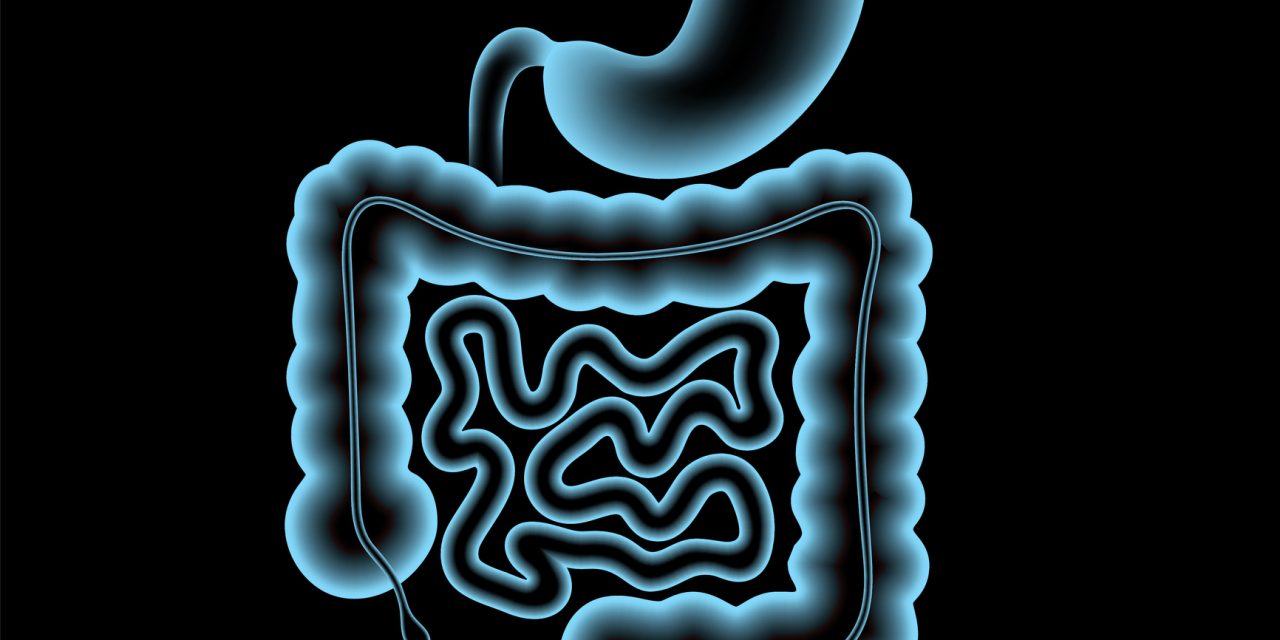To explore the clinical and pathologic features of ovarian juvenile granulosa cell tumors (JGCTs).
Clinical data, histopathologic observations, immunohistochemical results, FOXL2 mutation status, and follow-up information of 7 JGCT cases were studied.
The patients most commonly presented with abdominal distension and pain (5 cases), followed by precocious puberty (1 case) and a pelvic mass (1 case). Six patients had stage I disease, and 1 had stage IV disease. The microscopic examinations typically showed lobular growth punctuated by variably sized and shaped follicles. Rare features included a reticular-cystic appearance mimicking a yolk sac tumor (2 cases), a lobular appearance similar to a sclerosing stromal tumor (1 case), strands and cords (1 case), pseudopapillary appearance (2 cases), spindle cell appearance (1 case), microcystic appearance (1 case), hobnail cells (1 case), and rhabdomyoid cells (1 case). No FOXL2 mutation was encountered. After a median follow-up of 53 months, only 1 patient with a strongly diffuse TP53-positive tumor died of the disease, and 2 successfully had babies.
JGCT is a rare neoplasm with a wide morphologic spectrum and is easily confused with other tumors. Familiarity with the characteristics, rare atypical appearances, and immunohistochemical results may aid in obtaining a correct diagnosis.
© American Society for Clinical Pathology, 2020. All rights reserved. For permissions, please e-mail: journals.permissions@oup.com.
Juvenile Granulosa Cell Tumors of the Ovary.


